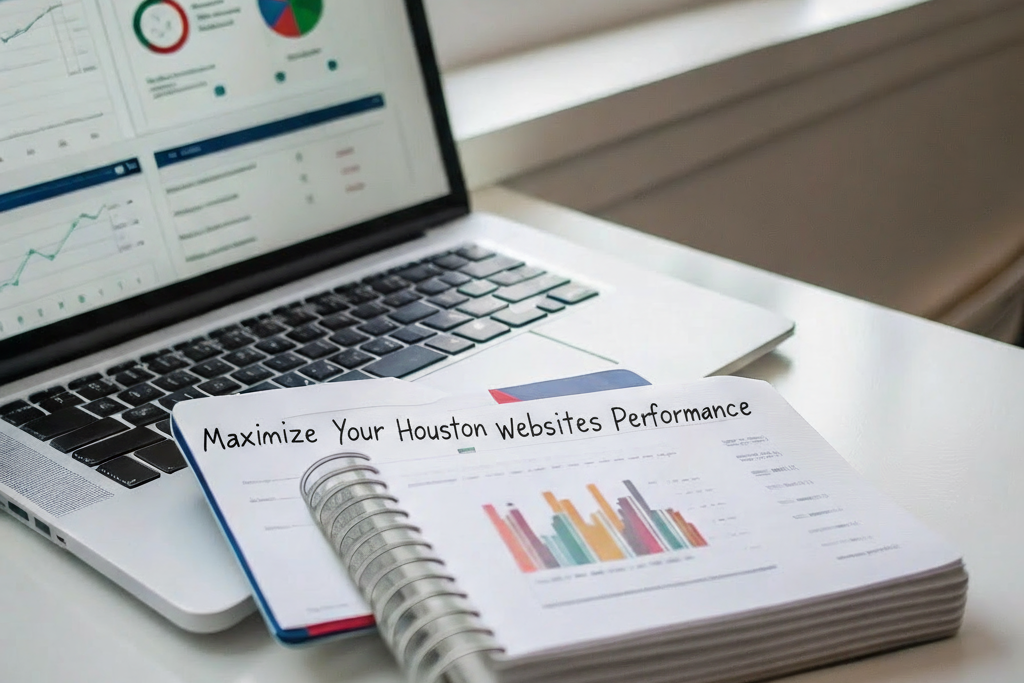Maximize Your Houston Website’s Performance with Essential Technical SEO Tips for Core Web Vitals
In today’s digital landscape, having a strong online presence is crucial for businesses in Houston. As the fourth-largest city in the United States, Houston is home to a competitive market, making it essential for businesses to stand out in search engine results. That’s where Technical SEO comes into play.
At SEO Houston, we understand the importance of having a well-optimized website for both search engines and users. With the recent update from Google, Core Web Vitals have become an essential ranking factor, highlighting the significance of Technical SEO. In this blog post, we will discuss how you can maximize your Houston website’s performance with these crucial Technical SEO tips for Core Web Vitals.
What are Core Web Vitals?
Before diving into the tips, let’s first understand what Core Web Vitals are. In simple terms, Core Web Vitals are a set of metrics that measure the user experience of a website. These metrics are divided into three categories – loading, interactivity, and visual stability. Google uses these metrics to determine the overall user experience on a website, which affects its ranking in search results.
These metrics include:
- Largest Contentful Paint (LCP): measures the loading time of the largest piece of content on a web page.
- First Input Delay (FID): measures the time it takes for a web page to become interactive.
- Cumulative Layout Shift (CLS): measures the visual stability of a web page by tracking unexpected layout shifts.
Now that we have a basic understanding of Core Web Vitals let’s look at how you can improve them for your Houston website.
Optimize your Website’s Loading Speed (Largest Contentful Paint)
The first Core Web Vital, LCP, measures the loading speed of the largest element on a web page. A slow loading speed can result in a poor user experience and affect your website’s ranking in search results. To improve your LCP score, you can:
- Use a Content Delivery Network (CDN) to deliver your website’s content faster to users in different locations.
- Optimize your images by compressing them without compromising on quality.
- Minify your HTML, CSS, and JavaScript files to reduce their size and improve loading speed.
- Implement lazy loading for images and videos, which means they will only load when a user scrolls down to them.
- Use a caching plugin to store frequently used website elements, reducing the load time for returning visitors.
Improve Interactivity (First Input Delay)
The second Core Web Vital, FID, measures the time it takes for a web page to become interactive. This is crucial for a positive user experience, as users expect a website to respond quickly to their actions. To improve your FID score, you can:
- Optimize your JavaScript code by eliminating unnecessary code and reducing its size.
- Use browser caching to store frequently used resources, which reduces the time it takes to load a web page.
- Minimize third-party scripts as they can significantly impact the loading time of your website.
- Implement asynchronous loading for JavaScript and CSS files, allowing them to load simultaneously rather than one after the other.
Enhance Visual Stability (Cumulative Layout Shift)
The third Core Web Vital, CLS, measures the visual stability of a web page. A high CLS score means that the layout of your website is constantly shifting, which can be frustrating for users. To improve your CLS score, you can:
- Set explicit sizes for images and videos to avoid unexpected layout shifts when they load.
- Use CSS animations rather than JavaScript, as they are less likely to cause layout shifts.
- Avoid inserting new elements above existing ones, as this can also cause unexpected layout shifts.
- Test your website’s layout on different screen sizes to ensure it remains stable.
Optimize for Mobile Devices
With the majority of internet users accessing websites through their mobile devices, it’s crucial to ensure that your website is optimized for mobile devices. Google also prioritizes mobile-friendly websites in its search results. To optimize your website for mobile devices, you can:
- Use a responsive design that adjusts to different screen sizes.
- Compress images and videos to reduce the load time on mobile devices.
- Optimize your website’s navigation for mobile users, making it easy to access different pages.
- Use larger font sizes and buttons for a better user experience on mobile devices.
As a leading SEO agency in Houston, we understand the importance of Technical SEO for improving your website’s performance and ranking in search results. By following these essential tips for Core Web Vitals, you can boost your website’s rankings and provide a better user experience for your audience.
Ready to improve your website’s Technical SEO? Contact SEO Houston today to speak with our team of experts and see how we can help your business succeed online. Let’s work together to boost your rankings and provide a better user experience for your audience.

